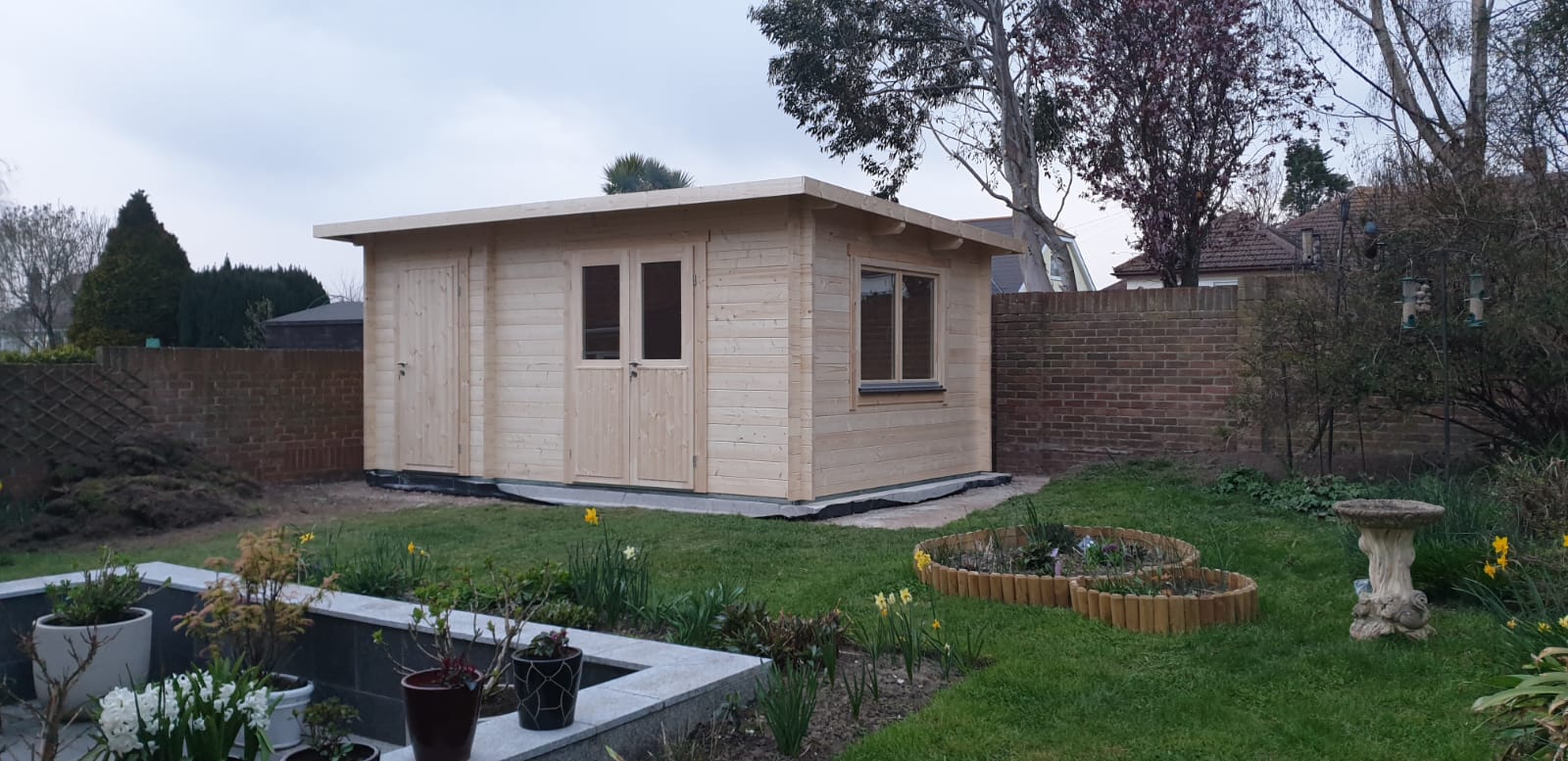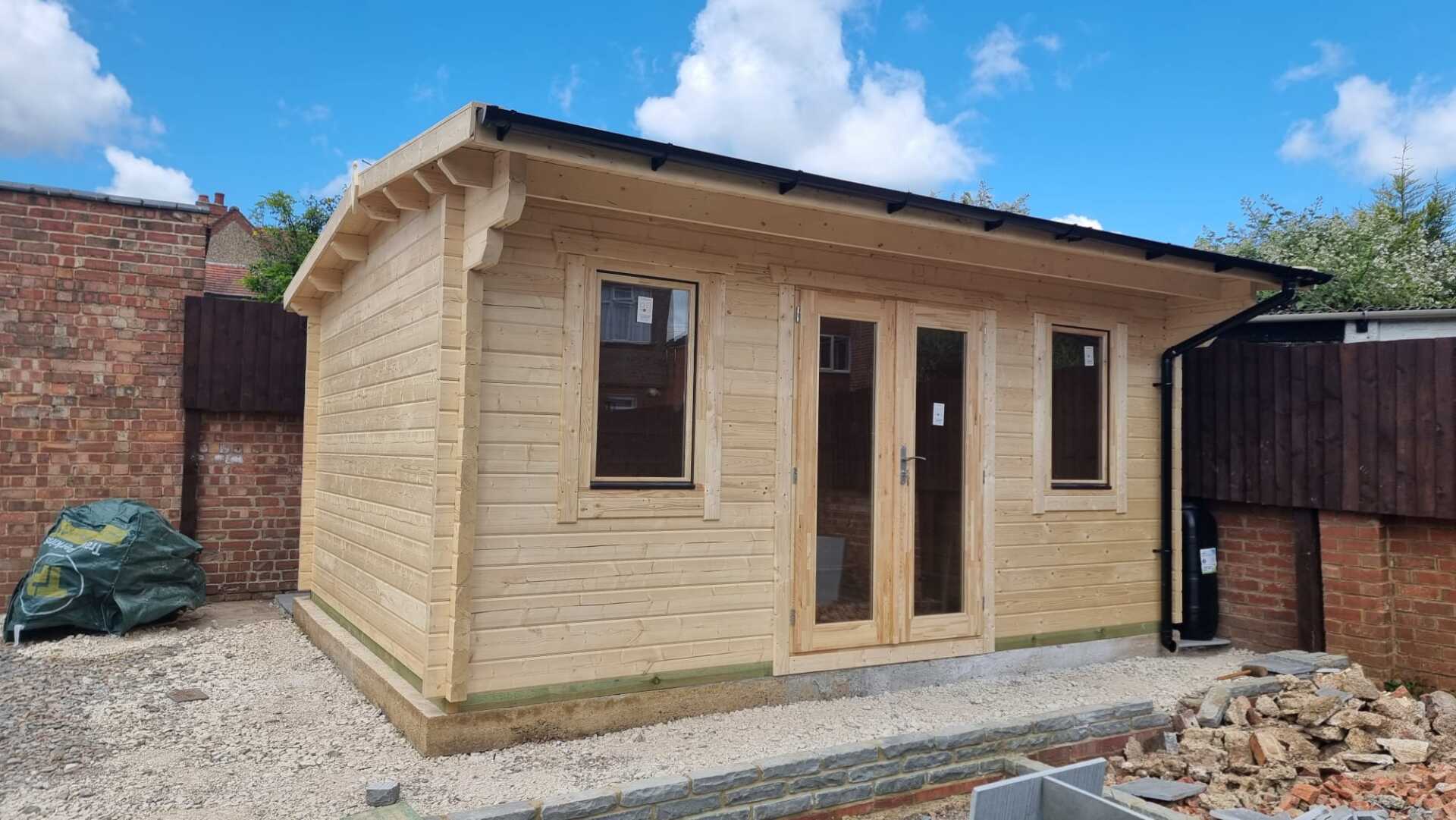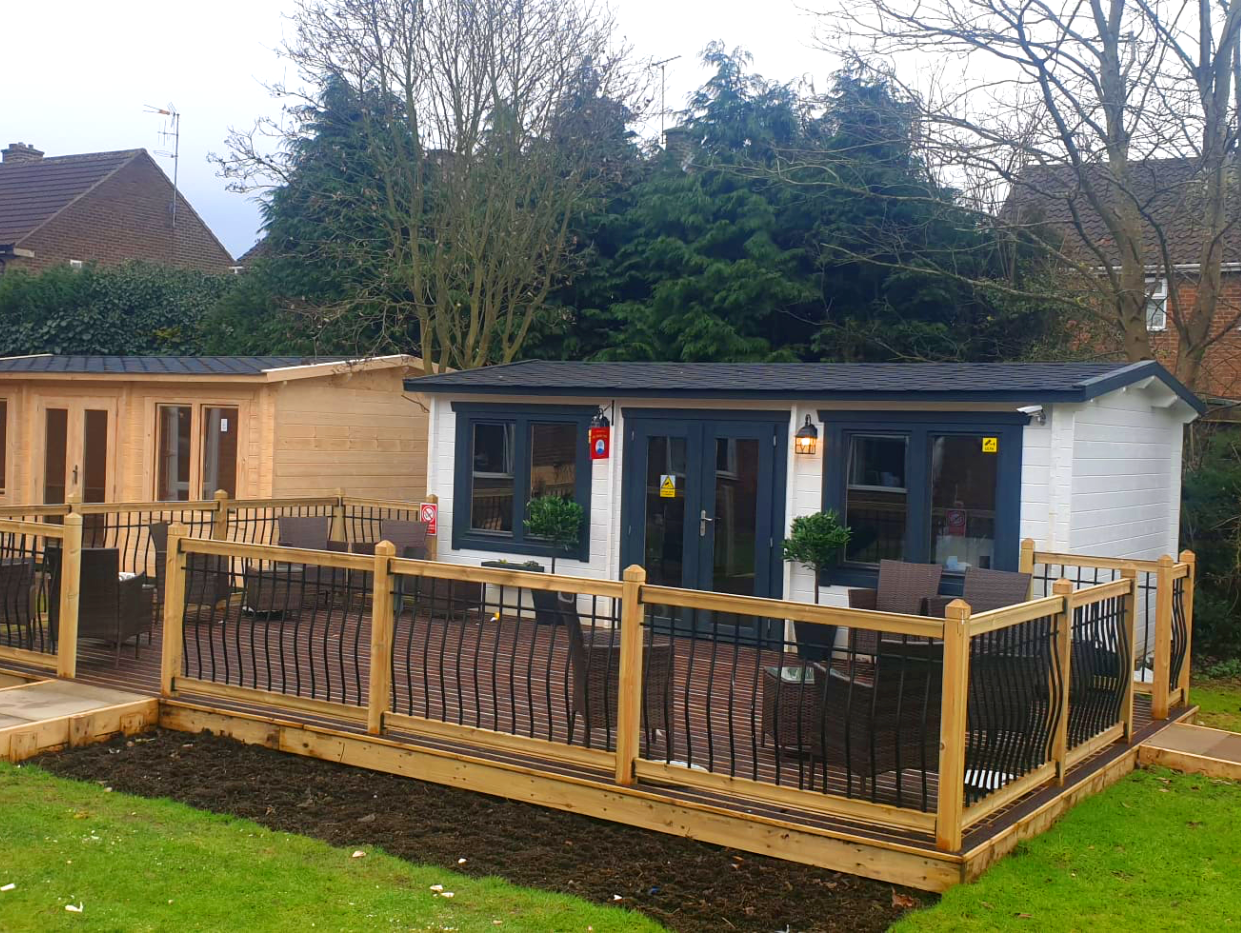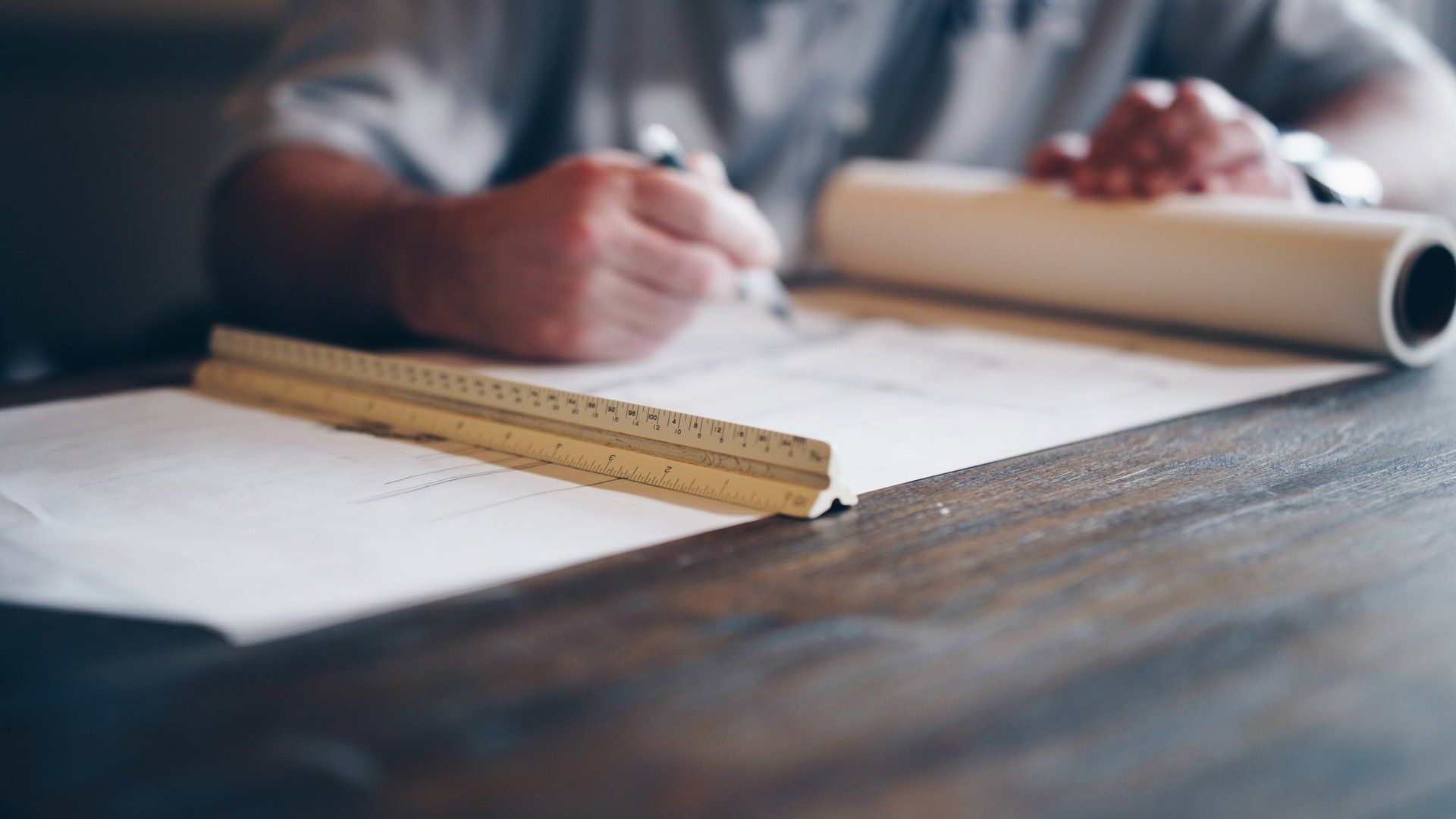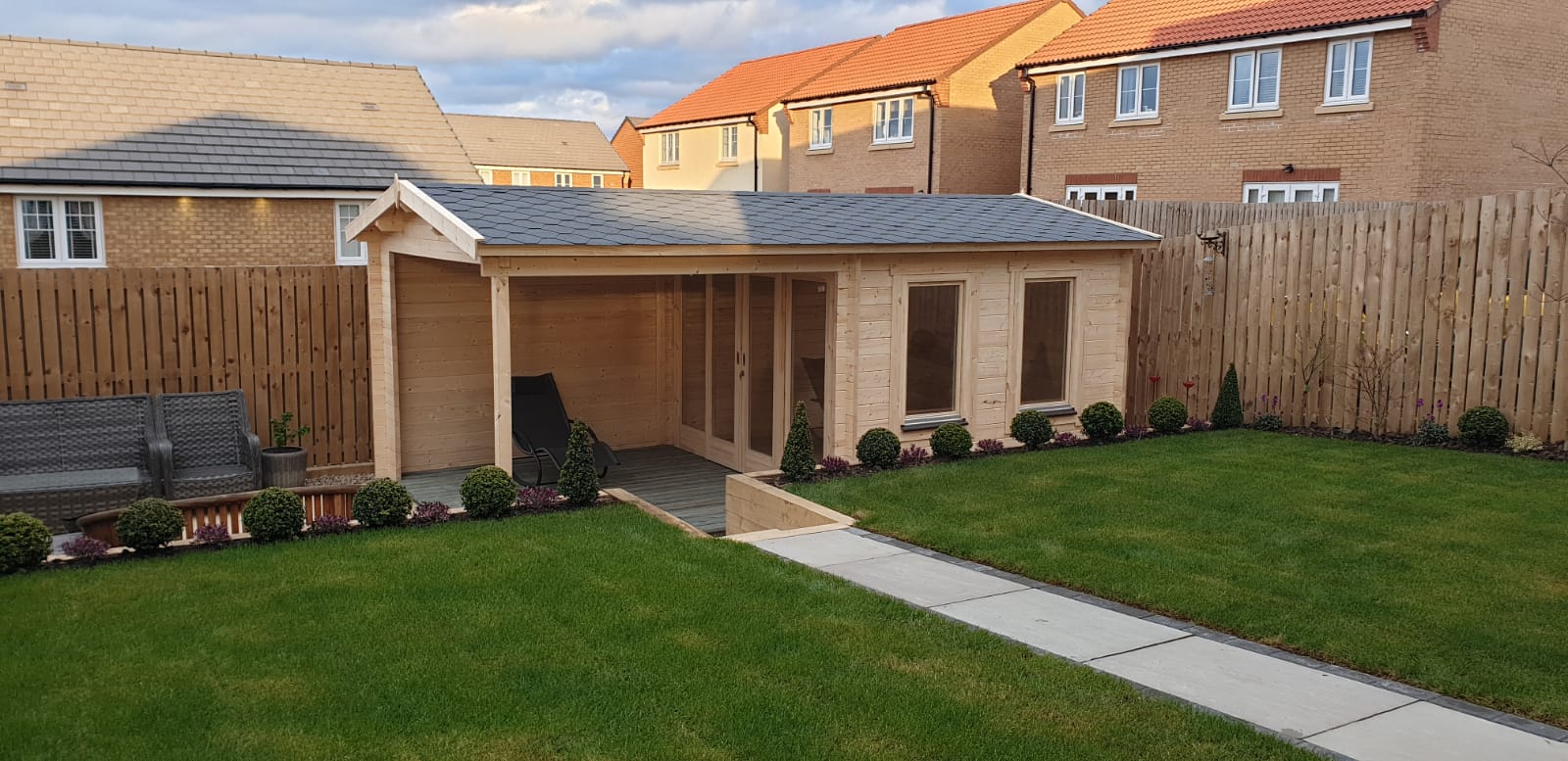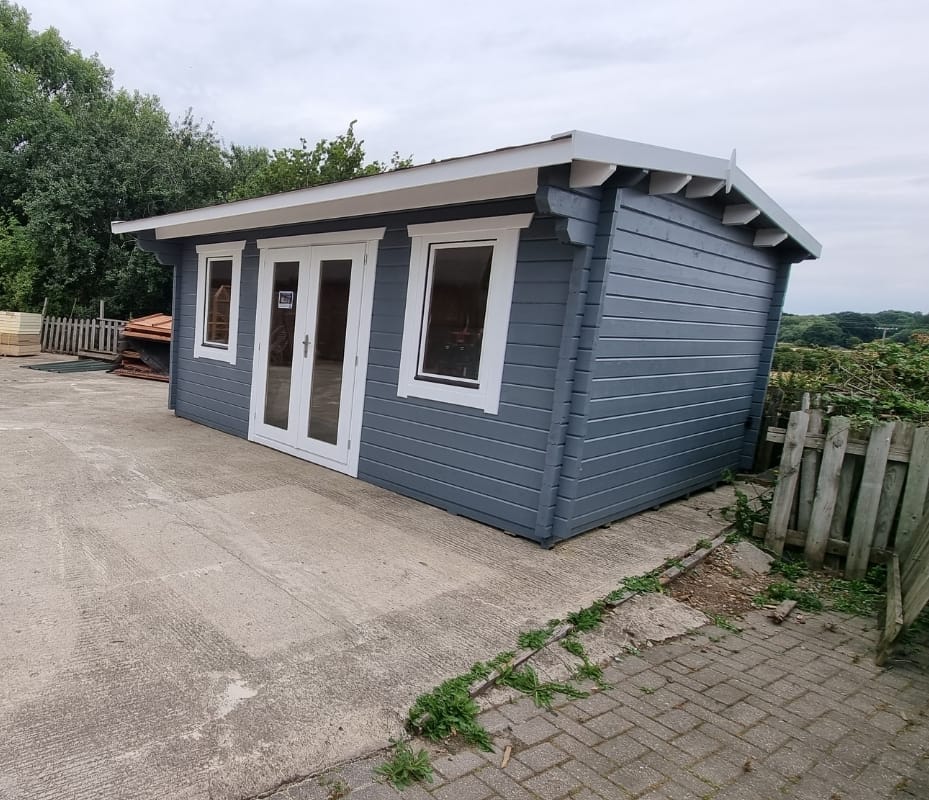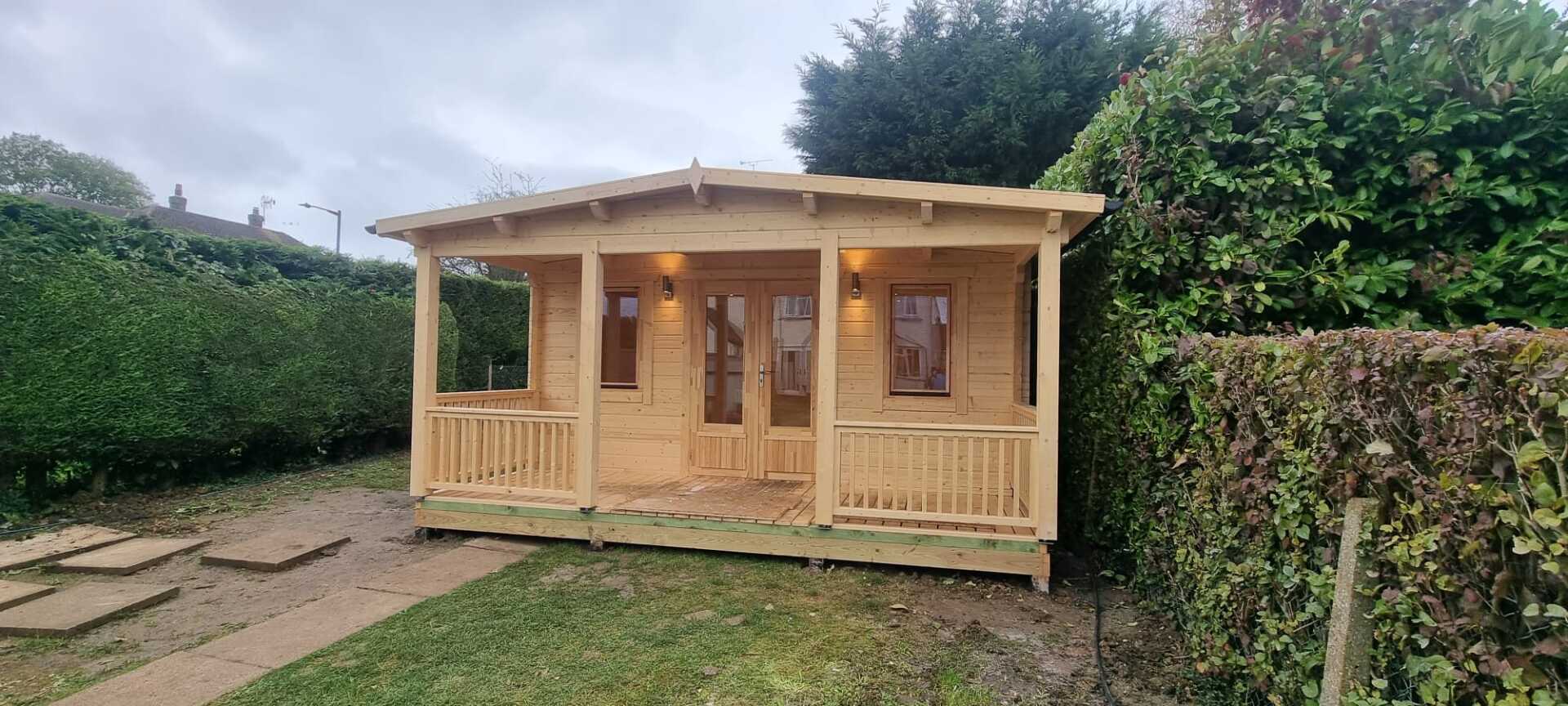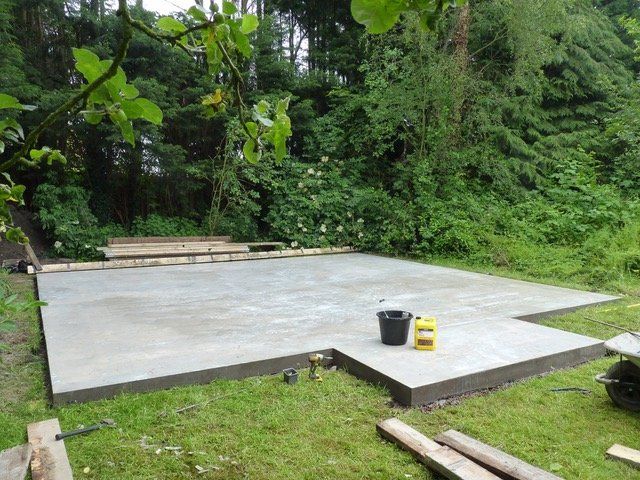Can I Build a House In My Garden?
How To Build a Garden Room
The most number of single plots and, by definition, the ones that are most interesting to potential self-builders, can be carved from existing properties. These garden plots can be created by fencing land to the side or allowing access via a driveway to the rear or front.
Many self-builders spend many months and even years looking for a suitable plot. Some plots are already in their possession, even though the garden is too big for them. A great way to get a plot is to build a home in the garden. There are potential pitfalls and considerations that must be considered while you search about can I build a house in my garden, such as:
Make Sure the Availability of Enough Space
How will it fit in the existing streetscape? Planning officials are more likely to approve your application if it is in harmony with the local area. A perfect building site will have frontage on an existing road. Even a 30ft distance from your home can give you enough land to build a new property. The plot should be three times larger than the footprint of the existing building to determine if it will affect the value of the property. However, this is only a general guideline. It is difficult to find land suitable for self-build. However, if you have your own garden, this might be the ideal place to build your home.
If you are looking for can I build a house in my garden you should keep in mind, not try to fit a garden building into a space that isn’t large enough. It's a good idea to get an architect involved early in the process so you can see what is possible within your constraints.
This can help you decide if the development is financially feasible. You need to have the space to build a three-bedroom home.
It is important to be realistic. Authorities will refuse permission for a dwelling with a larger footprint than the land it is located on. If your neighbourhood is full of bungalows, chances of you getting permission to build a four-story tower are very slim.
Consider the Relevance of the Design
Planners prefer designs that reflect the local character. This is especially true for gardens where the new dwelling will likely be near other buildings.
However, it is possible for "fitting" to be subjective. It is important to establish a strong relationship with your local planner officer.
They will make the recommendation on whether the plans should or not be approved. They may also be able advise on which designs will get approval from local councillors.
Involve your architect as much as possible in these discussions. This will allow you to reach an agreement that meets your needs and receives planning permission.
Consider the Convenience of Your Neighbour
Do not try to fit a house into a space that isn’t large enough. It's a good idea to get an architect involved early in the process so you can see what is possible within your constraints.
This can help you decide if the development is financially feasible. You need to have the space to build a three-bedroom home.
It is important to be realistic. Authorities will refuse permission for a dwelling with a larger footprint than the land it is located on. If your neighbourhood is full of bungalows, chances of you getting permission to build a four-story tower are very slim.
Planners prefer designs that reflect the local character. This is especially true for gardens where the new dwelling will likely be near other buildings.
However, it is possible for "fitting" to be subjective. It is important to establish a strong relationship with your local planner officer.
They will make the recommendation on whether the plans should or not be approved. They may also be able advise on which designs will get approval from local councillors.
Involve your architect as much as possible in these discussions. This will allow you to reach an agreement that meets your needs and receives planning permission.
Consider the Relevant Wildlife
Every building will have an impact on the environment. You'll have a better chance of getting planning approval if you take steps to reduce those impacts.
You may have to spend significant time and money if you plan to build on sensitive land. You will almost certainly need an ecological survey if your garden is home to endangered species of animals or plants.
Sometimes, it's possible to continue your build without causing any harm to wildlife. This can lead to additional expenses.
Also, you need to think about any trees that may be on your plot. You should leave the trees alone if they are not protected. Even if they are not protected, cutting down trees can cause havoc with both neighbours and councillors.
It's worth paying for a tree survey if you have trees on the land where you plan to build. This will give you information about the significance of each tree, and its health.
You can chop down trees that aren't important to the environment if they're not. If they are in poor health, you might be able to placate your neighbours by explaining that you are simply hastening their death.
You can cut down trees, and are allowed to do so. However, you should consider how to incorporate new trees into your design. You can make a new building look better and get a lower price.
Your efforts will also help create a more welcoming environment for everyone. This will increase your chances of getting planning approval.
Take Care About the Covenants
Is there any law that prohibits the land from being used for building? Is there a right to use the land? You can check with the Land Registry for more information. If there are any, legal assistance may be available to remove them. If you don't adhere to existing covenants, you may find your dream home destroyed.
Hope these tips will be beneficial for you. If you are looking for can I build a house in my garden you should take care of the above-presented points. Also, to maximise your chances of success, you should be familiar with the local planning policies. Engage a professional architect to help you navigate the planning process if you feel it is worth it.

Share This Post.



